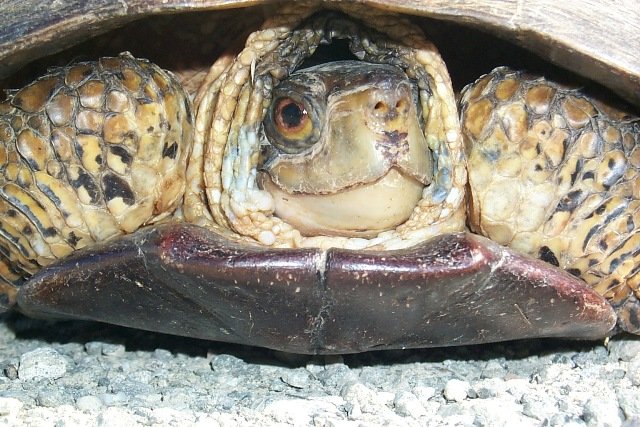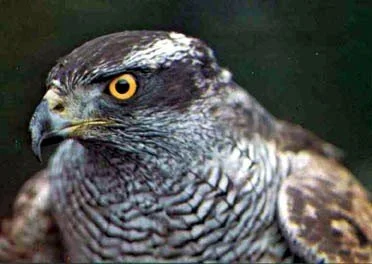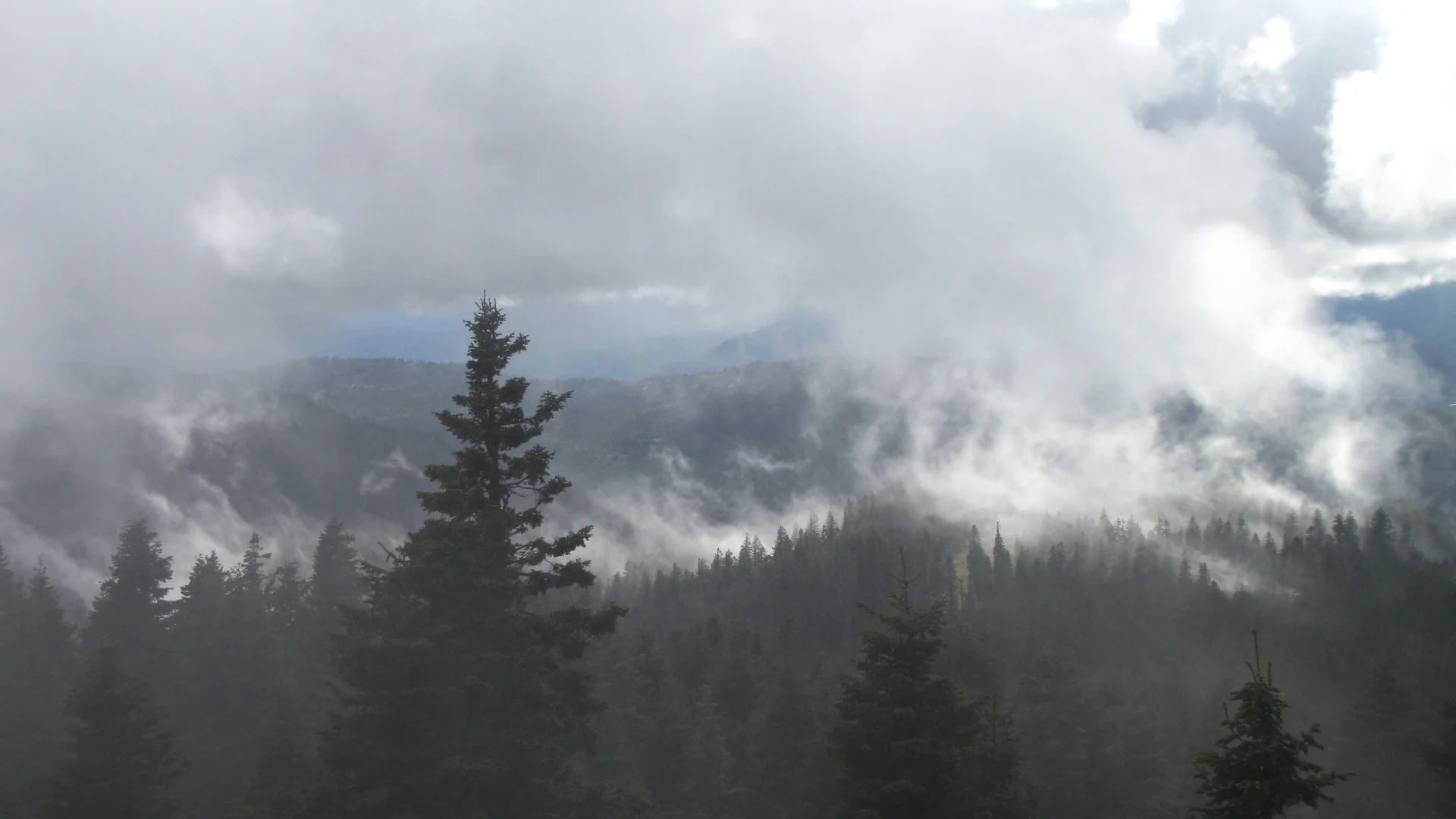POV: You’re a western pond turtle! Follow a year in the life of a WPT—in all of its adventures and struggles!
Read MoreLearn more about KS Wild’s work protecting the imperiled Mardon skipper butterfly habitat in the Cascade-Siskiyou National Monument.
Read MoreThe northern spotted owl is a Pacific Northwest forest icon. The species relies on old-growth forests to survive, and much of its habitat is threatened by loss of habitat and habitat fragmentation due to logging. Learn more about this imperiled species of the PNW in this blog.
Read MoreThe northern goshawk is an avian species whose population directly relies on the extent of the presence mature and old-growth forests and has been on the decline alongside mature and old-growth forests. The species is currently not listed under the ESA. Read more about the goshawk here.
Read MoreWe are so wild about the Siskiyou Mountains salamander, it is the KS Wild mascot! We continue to advocate on behalf of this species that is only found in the Klamath-Siskiyou region. Learn more about our efforts to protect this species through advocacy that dates back over two decades here.
Read MoreAt KS Wild, we have a deep admiration for this creature that so deeply epitomizes the wilderness. Unfortunately, the story of the wolf is one of systematic persecution and deep-rooted mythologies that inspire fear in people. Some say the removal of the wolf is a bitter reflection of our society’s tendency to suppress all things wild; others, want nothing more than to allow wolves to fade into extinction.
Read MoreWestern Oregon’s BLM lands support salmon, steelhead, and wildlife while delivering clean water and recreational values to the public. These forests are source-drinking watersheds for hun-dreds of thousands of Oregonians, they sequester large amounts of carbon, and they provide crucial ecological functions. The natural amenities found on these public lands are highly valued and sought after, from local residents to tourists from around the world.
Read More






